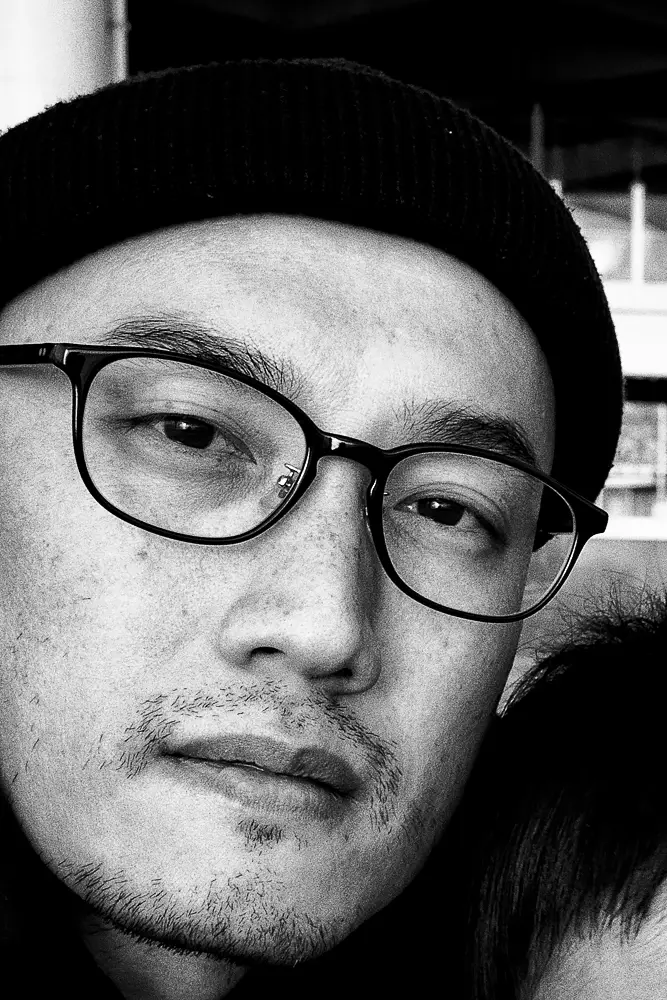I was born in Fukushima, Japan in 1985.
When I was 20 years old, until then, I had nothing ever touched a camera, and had never
been particularly interested in the photography. However, when my mother passed away, I
was looking for a way to fill the void of my grief. Then, by chance, I found a street photo
book in a small bookstore. After, I became fascinated with the street photography and
started as a self-taught.
The subjects that interest me the most are the street. An old building nestled among the
buildings, a quiet corner of an alleyway, the expressions of people, capturing with own
subjectivity the stories hidden in those has been a form of expression for me.
